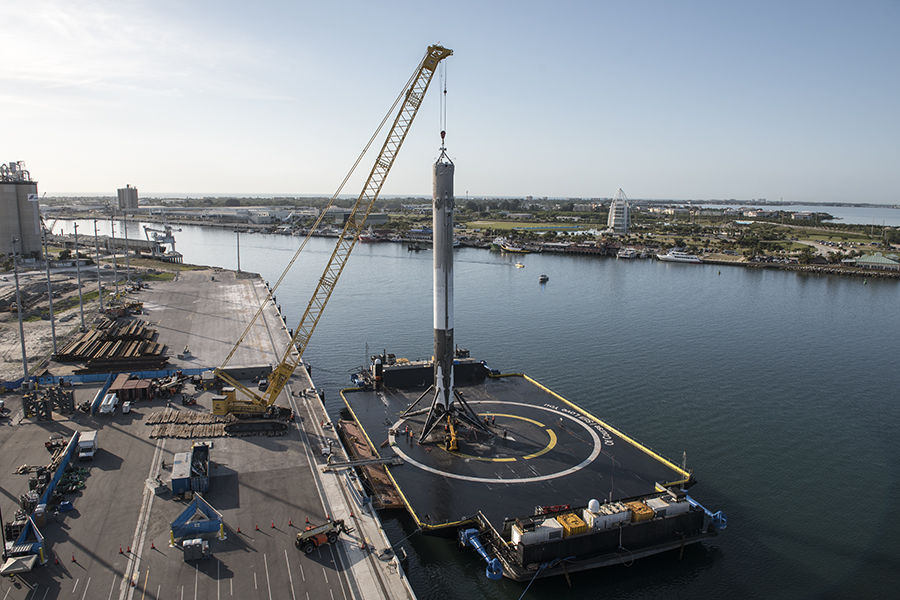SpaceX Raises $1bn To Fund Satellite Broadband Constellation
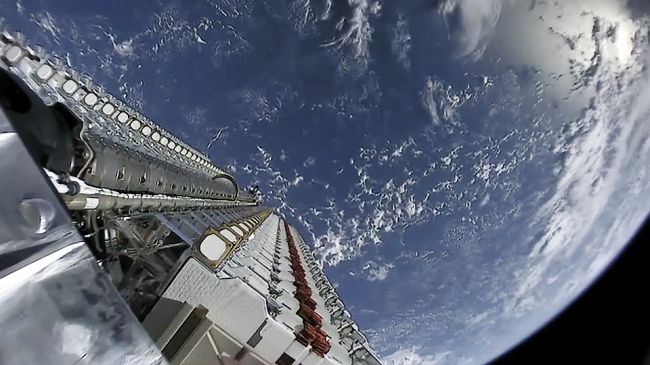
SpaceX hopes to use the satellite broadband service to fund manned missions to Mars – but first it must fend off intense competition
Orbital launch firm SpaceX has raised more than $1 billion (£790m) in the past six months as it prepares to assemble a network of thousands of small relay satellites as the backbone of a worldwide broadband service, the company said in regulatory filings on Friday.
One equity round worth $486.2 million began in December and another offering of $535.7m begain in April, the firm disclosed.
SpaceX launched the first 60 “production” satellites for the Starlink service on Thursday.
The company has said launch was carried out for demonstration and testing purposes, and the satellites are not destined to form part of the service’s eventual mesh network.
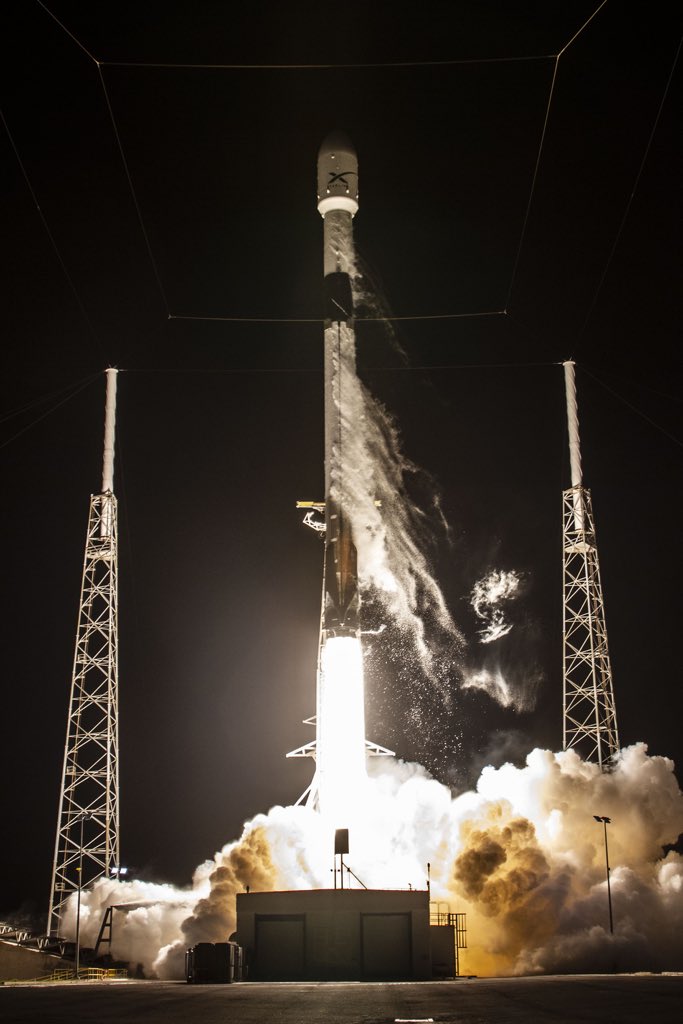
Satellite constellation
The satellites deployed at an altitude of 273 miles, or 440 km, and are gradually climbing to their operational altitude of 550km.
About 400 satellites are needed for “minor” coverage and 800 for “moderate” coverage, the company’s chief executive, Elon Musk, has said.
US regulators have given SpaceX permission to launch nearly 12,000 satellites, compared with a total of only about 2,000 currently in operation worldwide today.
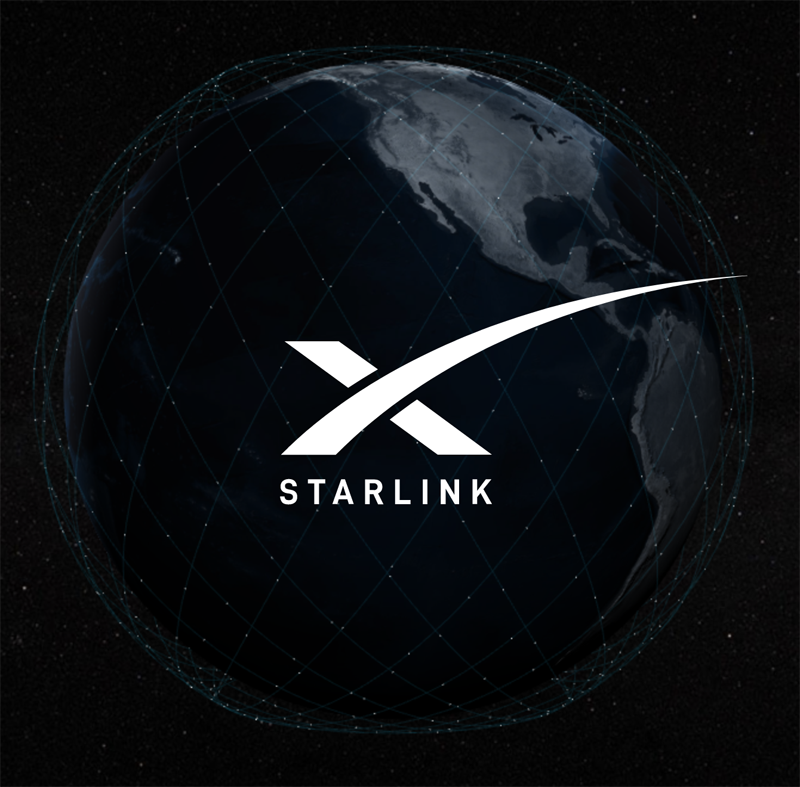
Musk said earlier this month the service could bring in $30bn to $50bn a year in revenues, far higher than SpaceX’s space launch revenues, which are expected to top out at around $3bn a year.
The company hopes to use the venture to help fund plans to build a reusable Mars rocket called Super Heavy and a 100-person vehicle called Starship.
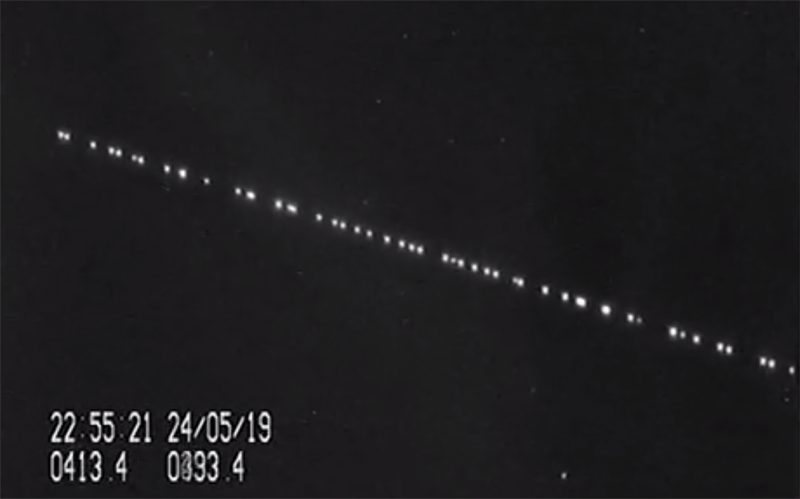
‘So far, so good’
Musk said on Friday the Starlink satellites were experiencing no problems, saying in a message on Twitter: “So far, so good.”
He added that the reusable Falcon 9 lifter that launched the satellites had returned to Earth and landed on an autonomous seaborne landing vessel, called a droneship, the third time it has done so.
Dutch satellite tracker Marco Langbroek filmed the string of brightly lit satellites filing across the night sky over Leiden, the Netherlands, on Friday.
SpaceX faces intense competition from the likes of London-based OneWeb, Telesat and Amazon, all of whom are at various stages of planning or launching similarly sizeable satellite broadband constellations.
